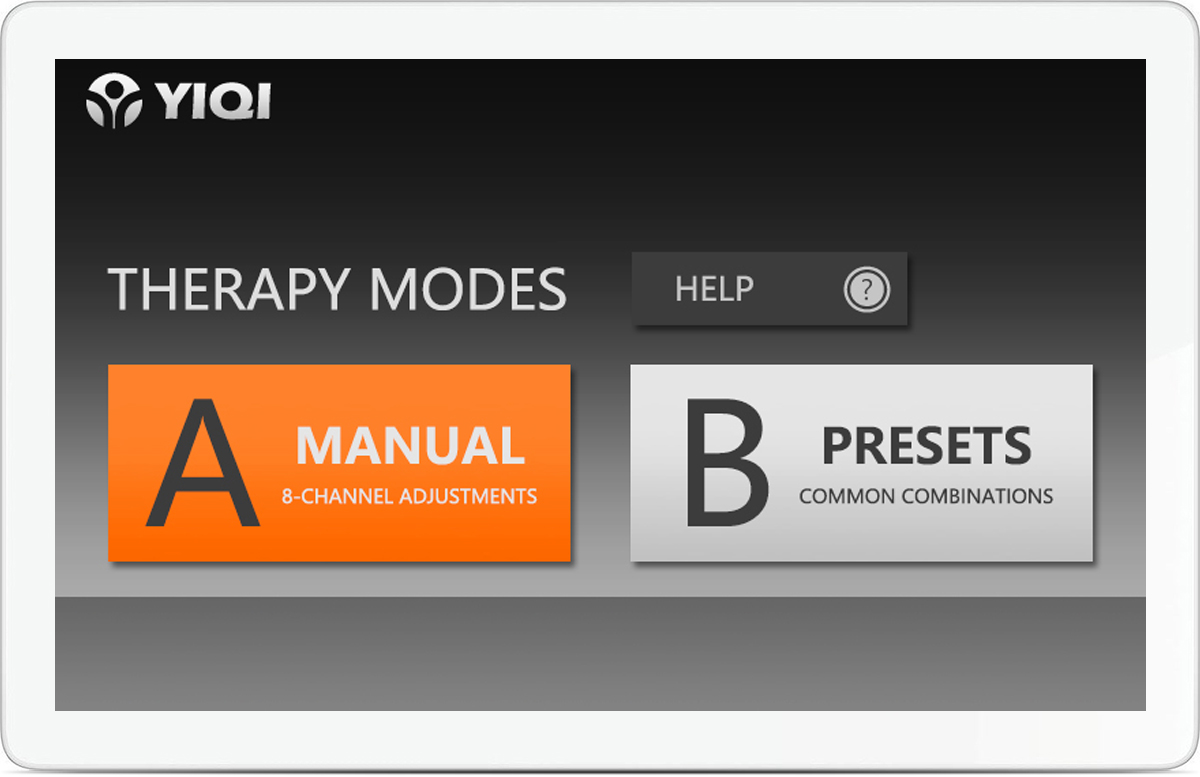Summary
The client YIQI Healthcare has a patented technology that utilize electrotherapy to treat lumbar, cervical spondylosis, frozen shoulder, knee joint disease, and soft tissue injury. They had made their own instruments and had been doing clinical trials for decades. Their goal was developing a new product family including household and commercial devices, improving and unifying user experience, and reshaping their brand image.
Main Challenges
- Design interface layouts based on complicated operational process
- Design products from different user groups into one family
User Flow

From users to software/hardware interfaces
Following innovative service process, the user action, operation flow, function definition, panel layout even structure form are also innovated. Its operational functions are partitioned to organize complex functions and humanize specialized product
﹀






Software interface
+
Hardware interface

﹀
The product’s experience
By considering software and hardware interactions together, this product provides users with unified experience in terms of functionality and aesthetics

Product Family
Although this series of products were designed for different usage scenarios, they show the same brand visual identity.
YQ-T501
Commercial pro electrotherapy device


YQ-T201
House hold electrotherapy device

YQ-T301
Commercial portable electrotherapy device
Make Things Simple
For YQ-T201 ( the household version ), there was a need of adjustable display angles for standing and sitting use. The client simply wanted a hinge mechanism, but according to my flip phone design experience, I knew that adding hinge would not be a good solution for such a large product, it would cost a lot of time and money for developing and producing a high quality hing

Design for angles in different angles
I simplified the problems step by step
- Found out two most commonly used display angles, 60 degrees and 30 degrees
- Find out a simple way to create the two angles – designing a triangular stand which can be used on both sides





